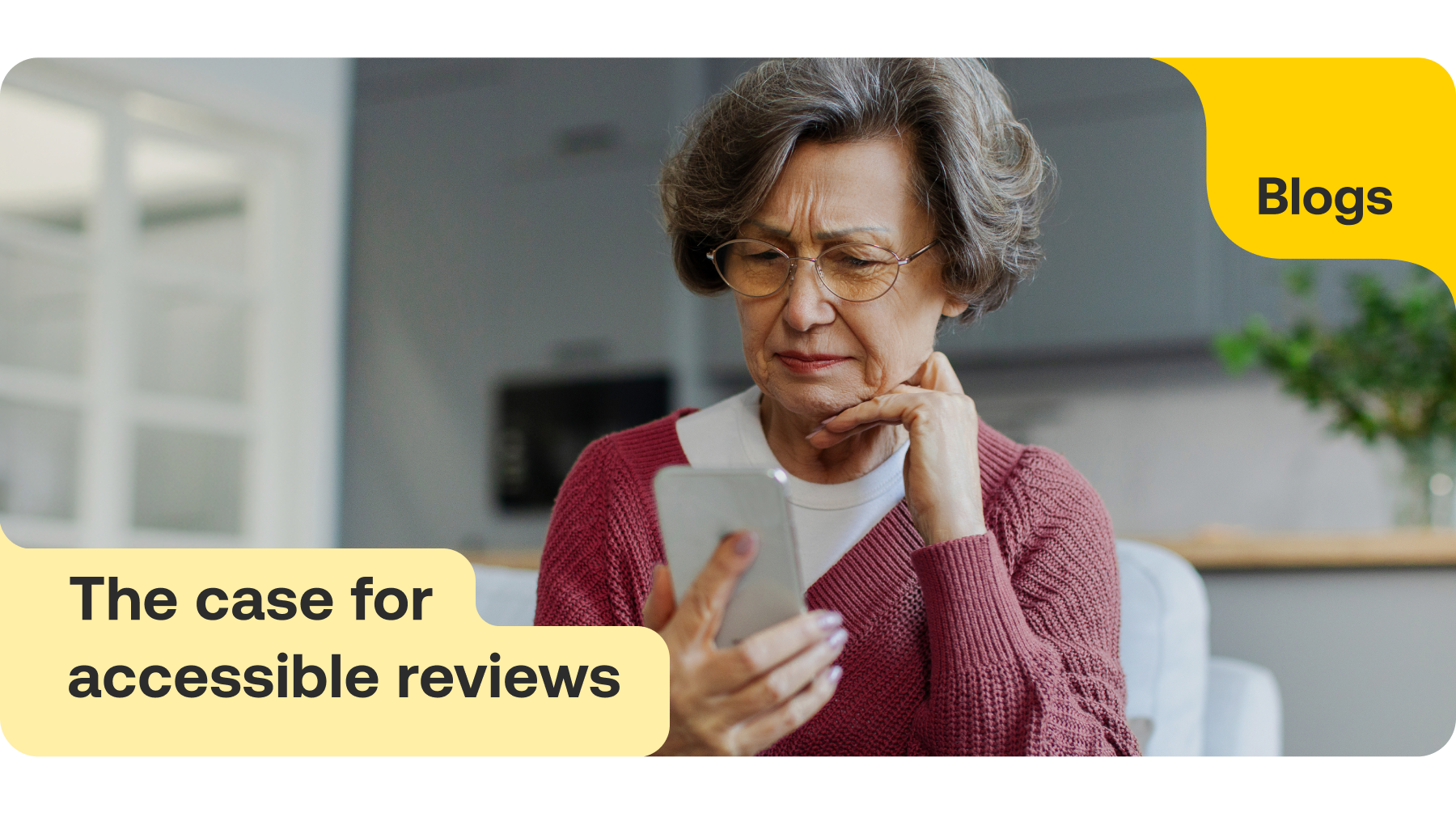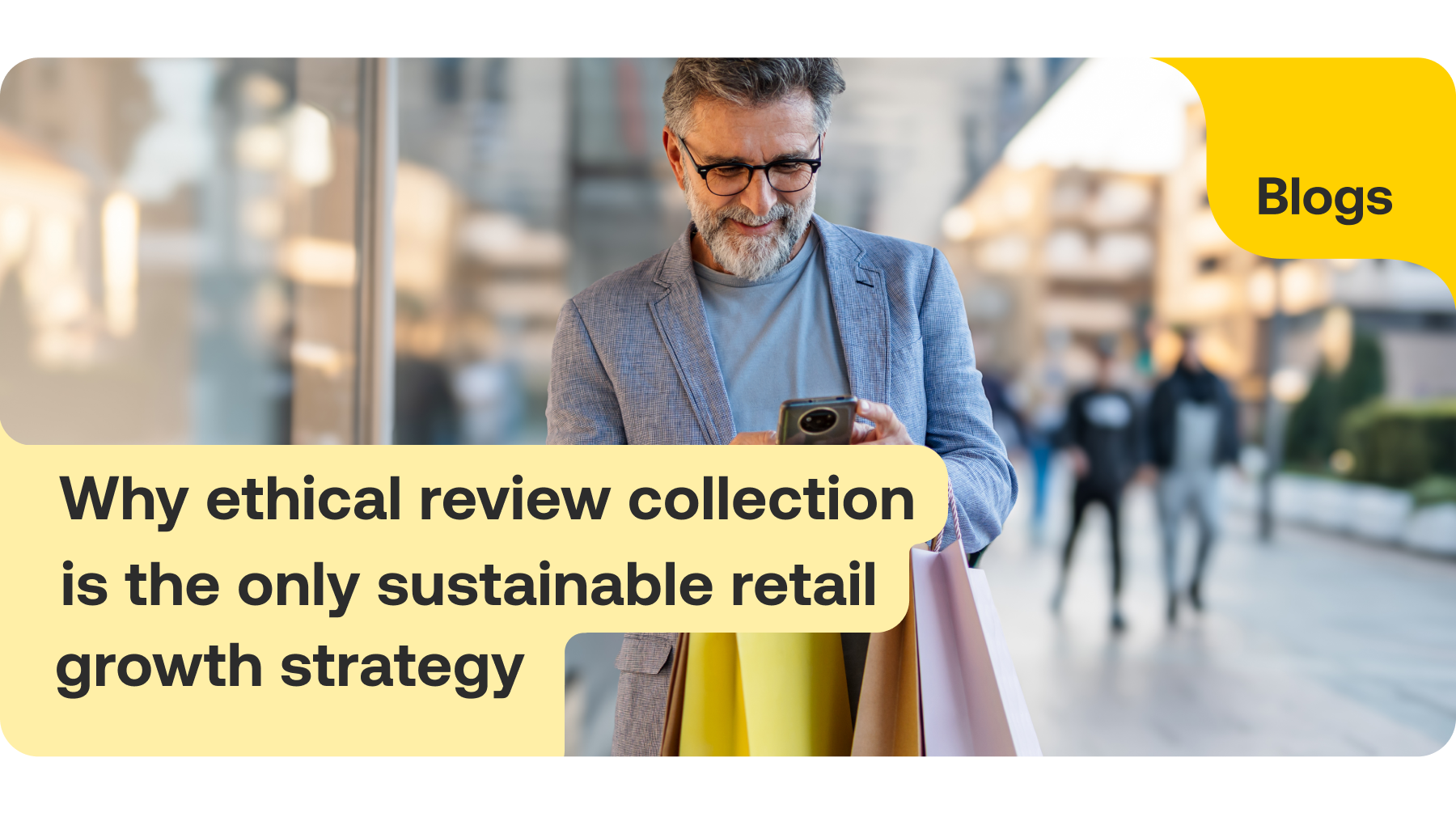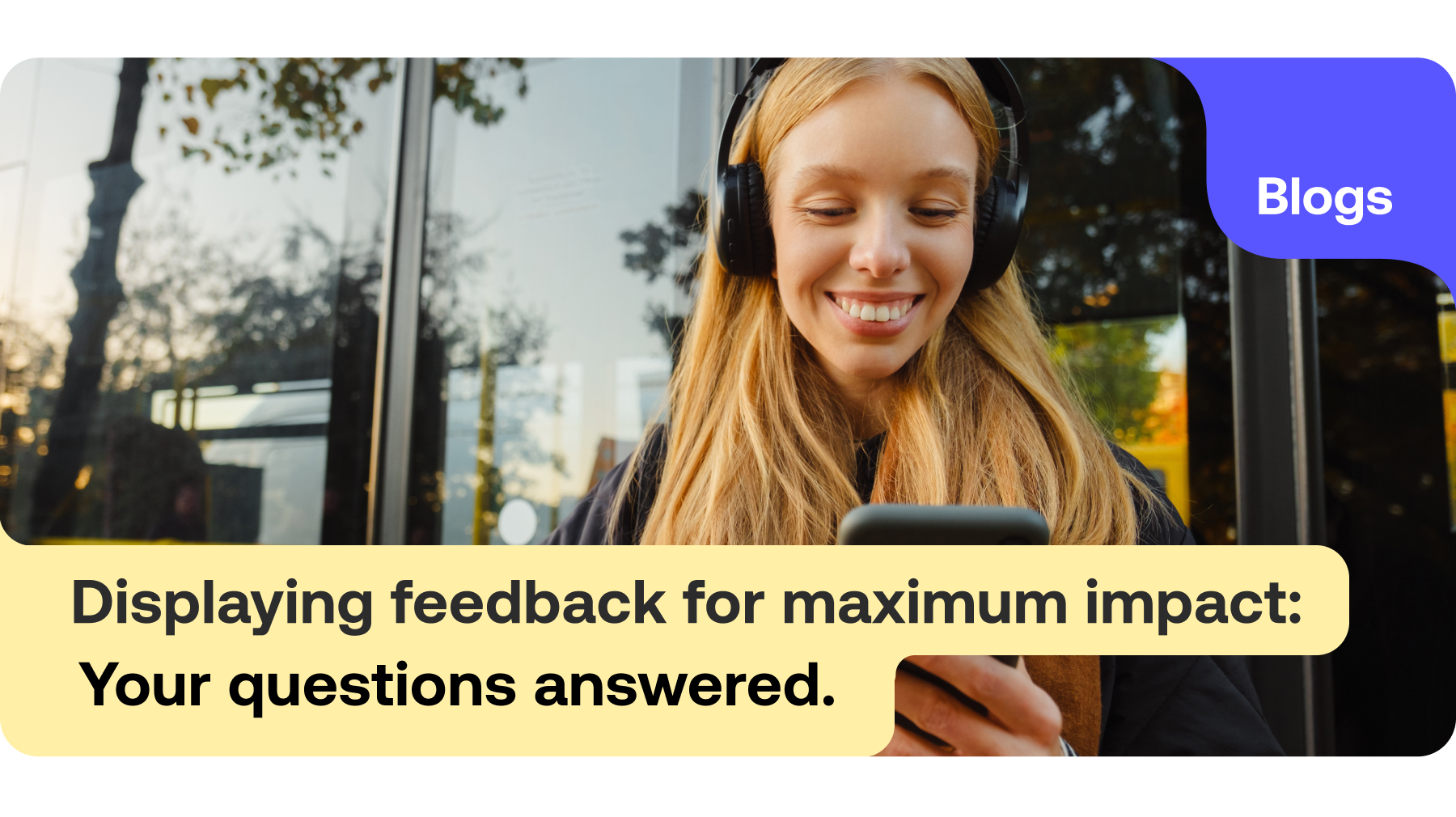Your customers are the lifeline of your business, so keeping them coming in is vital. You'll need a solid customer acquisition strategy to attract new customers and retain your existing ones. This guide will tell you everything you need to know — from the basics, how to measure customer acquisition, which channels to use, and how to start building your customer acquisition strategy.
What is customer acquisition?
Sometimes known as client acquisition, customer acquisition is the process of finding new customers and getting them to buy your products or services. The definition of customer acquisition involves creating and implementing strategies to attract leads and convert them into paying customers. Whether you're a small start-up or a vast enterprise business, you need a customer acquisition strategy to achieve this effectively. Understanding the cost of customer acquisition is also crucial for evaluating the efficiency of your strategies.
Why is customer acquisition important?
Even if you have a loyal customer base, you need to acquire new customers if you want your company to grow. Important for businesses of any age or size, customer acquisition allows you to make money, pay your employees, hire new ones, and show investors that your business is a healthy investment.
It is a simple fact that no customer will stay with you forever, so having a clear customer acquisition strategy is essential to attracting the right leads into your business and retaining them for a prolonged period. Calculating your CAC - Customer Acquisition Cost using a customer acquisition formula helps measure the effectiveness of your efforts and identify areas for improvement.
This is very simply: "Total cost of marketing and sales efforts / new customers acquired". For more detailed results, you could then multiply this by the time for conversion.
What is the purpose of a customer acquisition strategy?
Customer acquisition is all about getting prospective customers to take action. Your marketing makes people aware of your brand, and customer acquisition happens after they've noticed you and taken that next step. That could be clicking an email, picking up the phone or entering your brick-and-mortar store.
Marketing drives recognition, and acquisition drives revenue, but you can use many of the same channels to achieve your business goals. Using a well-defined customer acquisition model ensures that your strategy is structured, measurable, and aligned with your objectives.
Customer Acquisition Channels
A customer acquisition channel is anywhere your customer can see your brand for the first time. It could be on a social platform such as Instagram or Facebook, in the search results, or offline in a print ad or an event.
Whichever you choose, your acquisition channels should reflect where your target audience spends their time. For example, if you're targeting an audience in their 20s, you should put your money into TikTok or Instagram and steer clear of Facebook or print advertising.
Here are the most commonly used methods of growing a business by acquiring new customers:
Search Engine Optimisation (SEO) for customer acquisition
The chances are that a significant proportion of your audience will have found your site through organic search. This means they will have searched for something related to your business on a search engine and found your company. An SEO (Search Engine Optimisation) expert can help optimise your website and advise you on how to rank more often and higher up for search terms relevant to your business. If you don't have the resources to hire an extra pair of hands, there are some things you can do to drive more traffic to your website, including:
- Content Marketing: The purpose of content marketing is to create website content that you know will be useful, educational or entertaining for your audience. From guides and case studies to videos and webinars, there's so much you can do to attract your audience to your website, and all can serve different purposes. A case study with one of your customers will help build trust and drive enquiries, while a how-to guide on your product can boost brand awareness with customers who have already started their journey with you.
- Off-Page SEO: You don't need to limit your content to your website. Getting your brand mentioned on other sites and having them link back to priority pages on your website is a great way to improve your SEO and drive traffic to your business. Do some research to determine which websites your audience visits regularly and see if you can write a guest blog post there.
PR
Don't underestimate the value of people talking about your brand. Get involved in everything from events to interviews, as long as they're relevant to your brand and audience. Any time you release a new product, reach an important milestone or start a new partnership, put together a press release and push it out to relevant publications.
Brand Advocacy
Building a loyal customer base is essential for the success of any business, but you can go one step further and turn those loyal customers who love your products or services into brand advocates who actively promote your brand to others. They can influence new business and build your brand's reputation. You can find out how to build a loyal customer base and turn them into brand advocates in our ultimate guide to brand advocacy.
Paid Advertising / Paid Search
One of the most popular methods of acquiring new customers is paid search advertising, also known as pay-per-click (PPC). You're probably familiar with these ads, appearing across Facebook, Google and other websites - Facebook ads and Google ads being the most prominent providers for paid traffic.
Most paid advertising platforms charge users for impressions (how often people see the ads) using a metric called CPMs (the cost per one thousand impressions). Users can choose exactly who their ads target based on anything from demographics to their interests.
By collecting reviews through an independent review platform trusted by Google, such as Feefo, you can be eligible for seller ratings on paid ads. A star rating can appear next to your ad, making it stand out and building instant trust with searchers.
Advantages of Paid Advertising:
- These platforms usually give you the tools to optimise your ads and get the most from your budget, taking out the guesswork and giving you complete visibility of what's working and what's not hitting the mark.
- Paying for traffic can be a quick way to scale your business. With the tools to instantly switch up your strategy, you can get results — and fast.
- Paid advertising is guaranteed to get your brand in front of the people you want to see it, targeting customers' interests, exact locations and behaviours.
Disadvantages of Paid Advertising:
- Running ads can get expensive, with platforms like Facebook increasing the cost year after year. You may need to make other parts of your marketing work harder to offset the cost.
- The technicalities of running paid ads can be daunting without much experience. You can learn it, but it will take some time and patience.
- You'll need a lot of creative assets to make paid ads work for you. If you need more design resources, there might be better options for your business.
Paid Social Media
Paid social media is an excellent way of getting content in front of an audience without building up a vast network of followers first. Here's a quick summary of some of the most commonly used platforms for running paid advertisements.
- Facebook: Facebook boasts over 2.5 billion monthly users and is the perfect platform for both prospecting and retargeting with ads. Facebook does come with its disadvantages, however. The considerable number of users means businesses often get lost in the noise, and it can be hard to get seen or heard.
- YouTube: The second largest search engine worldwide, YouTube is a great place to advertise so long as you can keep the audience engaged. Video content is much more 'clickable' than other formats, and YouTube can be great for your SEO, allowing you to add backlinks to your profile. Ensure you read up on the restrictions, as YouTube could deactivate your account if you're found breaking them.
- Instagram: Ads on Instagram tend to be engaging and direct, and with the addition of Stories and Reels, there's lots you can do with a bit of creativity. Instagram ads can be shoppable, meaning businesses can direct users to the product they're showcasing. It's worth noting that calls-to-action can be hard to spot on Instagram ads, and encouraging users to leave the platform and visit your store can be challenging.
- Twitter: Twitter allows you to segment audiences with keywords and common interests - you can even create custom CRM lists to get more accurate targeting. This, however, does come at a cost. Twitter can get very expensive, so if you want to use paid ads, carefully plan your budget and resources.
Organic Social Media
Organic social media is an easy, free way of communicating with a huge potential audience, making it great for customer acquisition and general brand awareness. There are 4.70 billion social media users, each with an average of 6.6 accounts each. But with so many platforms to choose from, which one do you focus on?
Here's what to consider:
- Where is your audience active? Facebook is the most used platform, but if your audience isn't there, then why would you be?
- Your brand personality and type of business should be factors when choosing your channels. If you're a visual brand, try Instagram or DeviantArt, but if you're a B2B enterprise, LinkedIn would likely be your first port of call. However, nothing is off-limits. If you have something to offer on a platform, trial and error could help you fine-tune your strategy.
- Look at what your competitors are doing across their platforms. Find out what's working and how their audience is engaging. Refrain from imitating what they're doing; use your findings to make an informed decision.
- Keep in mind your available resources. If you have limited time or staff, you must also limit what and where you're posting. Social media can be time-consuming.
Building an audience takes time, so you're unlikely to see results immediately. Still, social media allows your brand's personality to take centre stage so you can communicate directly with your customers in the exact voice you want to use. It's also an effective way to share all the great content you're producing as part of your customer acquisition strategy. Visual content, such as video, works well across social media platforms, but you can also share new products, promotions, reviews, blogs - anything that you think your customers will find interesting.
Email is still one of the strongest marketing channels. Not only does it boast a return on investment (ROI) of 122% (four times higher than any other digital marketing channel), but it's also one of the best ways to learn more about your target audience without asking too many questions. It's a simple way to connect with your audience, too. Email marketing can ensure you always appear in your customer's inbox, whether sending a simple happy birthday email or a link to a member-only promotion.
Segmenting your data is simple, allowing you to tailor your content and track how each audience interacts with your emails. Email can help nurture people who have only just become aware of your brand, as well as loyal customers, so it plays a crucial role in customer acquisition as well as retention.
Remember to include social proof in your emails to help build customer trust and boost conversions. Feefo's Review Score Badge automatically updates as you get more and more feedback.
The Customer Acquisition Funnel
The customer acquisition funnel visually represents the buying process. Consumers start their journey with your business at the top and travel down the funnel as they turn into repeat customers and brand advocates. Customer acquisition relates to every stage of this funnel.

Creating a Customer Acquisition Strategy
Identify who your customers are / who you want them to be
If you need a clear idea of who your ideal customers are, ask yourself some questions. What are their demographics? What do they use your product or service for? What are their struggles? Answering these questions will give you a better idea of your customer base and the traits and behaviours that define them. This information will then help guide your marketing efforts to reach the right people at the right time, on the right platform.
Define your business goals
Once you have a better understanding of your customers and are clear on your value proposition, the next step will be to outline your marketing objectives and ultimate business goals. Setting an end result will help guide your strategy and ensure you stay on track, whether it is to increase customer lifetime value or your monthly recurring revenue. Every team within your organisation should be aligned with these goals.
Choose your channels
With your ideal customers identified, you can start to think about which channel will be most effective. We've already gone through some of the most popular channels, but you will need to discover what works best for your business. Your own research should help you better understand where your customers are most active.
Develop a strategy for each channel
Not all content works on every platform. For example, you won't be able to post the same content on TikTok as you would on LinkedIn. Take time to discover which formats work for your business, including conducting competitor analysis. You can consider creating a channel matrix that rates each channel on factors such as potential impact, cost, and the effort it would take to manage it.
Measure your strategy
Establish which metrics you're going to use to measure success. The most common metrics to measure customer acquisition are Customer Acquisition Costs (CAC), Customer Lifestyle Value (LTV), churn rate and Return on Investment (ROI).
Customer Acquisition Cost (CAC)
Now that you know how to put together a customer acquisition strategy, you need to measure its effectiveness. Measuring your customer acquisition cost is easier than you might think. Let's look at how to calculate your customer acquisition cost, what 'good' looks like, and how to reduce it.
The formula for working out customer acquisition costs is simple. Divide the cost of sales and marketing by the number of new customers acquired. Of course, you need to decide what time period you're measuring (monthly, quarterly or annually), and you will need to know the cost of your sales and marketing.
To work out the cost of your sales and marketing, you should include the following:
- Content Promotion: How much did you spend on advertising, publishing and PR?
- Employee Salaries, including bonuses and commissions
- Technical Costs: How much did your teams spend on software that allows them to do their jobs?
- External Costs, such as outside designers and developers
These are only a few examples - you may have more expenses to consider. Get your team together and list out every cost you can think of.

What is a good customer acquisition cost?
While you should always be working to keep your customer acquisition cost down, you need to know what 'good' looks like. A £50 customer acquisition could be expensive to an online boutique where the average order value is £20, but to a software company whose subscriptions start at £149 a month, it's a much more encouraging figure.
Customer loyalty and average spending both play a part in determining how good your acquisition is. That's why it's best to calculate your customer lifetime value (CLV) and work out your CLV:CAC ratio. This will show you if you're spending too much or not enough on your marketing.
Ideally, your CLV:CAC ratio should be 3:1. If it's 1:1, you're spending too much on your sales and marketing, but if it's higher than 3:1, you might need to spend more.
Reducing Customer Acquisition Cost
If you're spending too much time on your sales and marketing, you can do several things to reduce your outgoings.
Helping your team become more efficient is one way of reducing your customer acquisition cost. AI-powered tools like our Customer Sentiment Insights technology analyse your reviews for you, highlighting any weak points as well as your strengths. This saves your support and marketing team precious time, as they can quickly see which parts of your service and products they should promote and which they need to improve and fix.
The best way to use your reviews to reduce customer acquisition costs is to create a consistent customer journey across all channels. Ratings and reviews build trust throughout the customer acquisition process, from when a consumer first discovers your brand up until they click the 'buy' button.
Customer Acquisition vs Customer Satisfaction
We know how important it is to attract new customers, but you can't forget about your existing ones. So, which should you focus on - customer acquisition or customer satisfaction?
It all depends on your strategy. If your business is taking a new direction that will impact your target audience, you might want to focus on customer acquisition, but generally speaking, you'll probably want to strike a balance between the two.
Why is customer satisfaction necessary?
Depending on how you spend your budget, new customers can be more expensive to acquire than focussing on keeping your existing ones satisfied and, in turn, retaining them. It may also be less profitable depending on how you attract them. For example, if you attract lots of new customers by using a promotion, but those customers never use your business again, your customer acquisition could be working at a loss to your business.
Your customer lifetime value could be too low by not giving enough attention to customer satisfaction. Plus, nurturing existing relationships with your existing customers can help attract new ones. Whether concentrating on improving your customer experience or growing your customer service team, you can demonstrate to consumers that you care about their opinions.
You can find out more about this in our Guide to Customer Retention.
Using Reviews in Your Customer Acquisition Strategy
You should now have the knowledge and tools to build or improve your customer acquisition strategy. For more information about the role customer feedback can play in creating a great strategy, get in touch with one of our experts today. Or if you're keen to understand what the platform looks like in more details, book a demo to have a 20 minute run through of the key features we offer.



